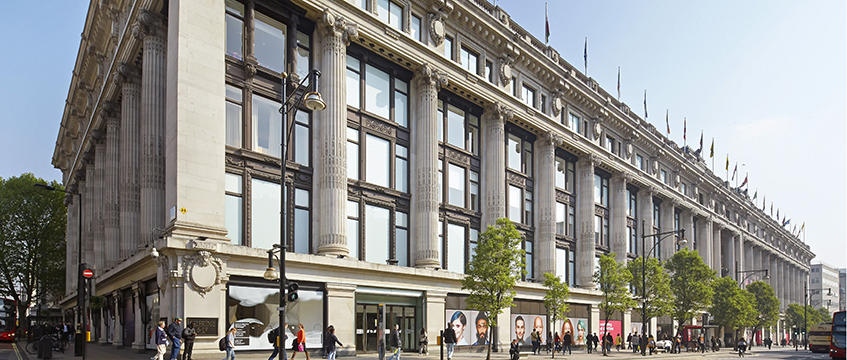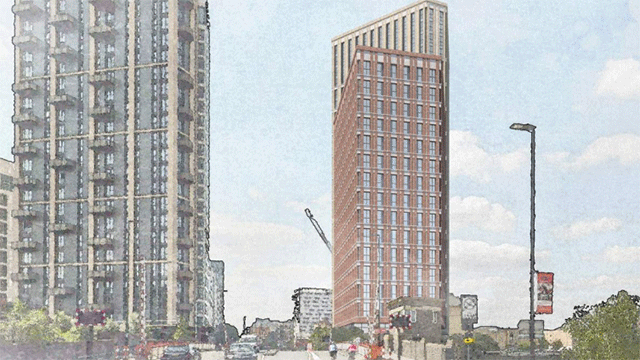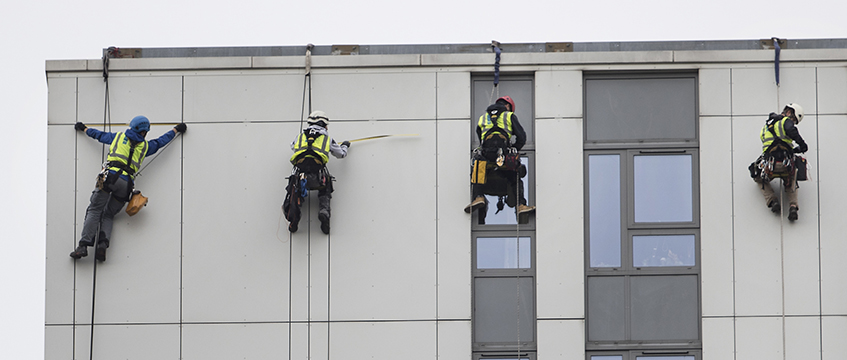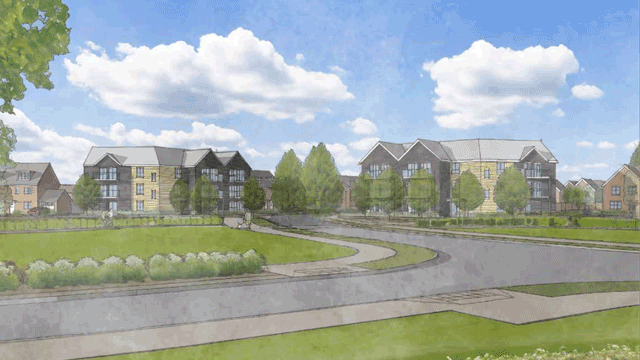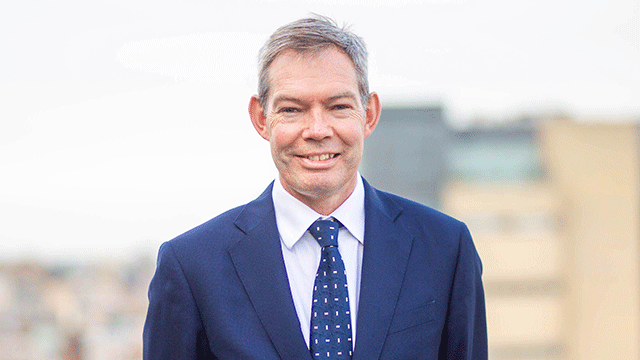The National Audit Office has called on the government to put more of an onus on developers to make sure that it does not breach its cap on taxpayer contributions to fix the thousands of residential blocks at risk from dangerous cladding.
A new report – Dangerous cladding; the government’s remediation portfolio – found that as many as 60% of buildings with dangerous cladding have yet to be identified and that the timeline to find and fix all at-risk buildings is expected to run to 2037, some 20 years after the Grenfell Tower fire.
Stripping dangerous cladding from 9,000 to 12,000 buildings over 11m in England could cost between £12.6bn and £22.4bn, says the report, with £16.6bn the best estimate.
It found that as many as 7,200 unsafe buildings had not yet been identified. Of 4,771 dangerous blocks – with 258,000 homes – monitored by the government, just 29% have been fixed. That is 12%-16% of the 9,000 to 12,000 buildings estimated to have flammable cladding, said the NAO.
Of the £16.6bn expected cladding bill, taxpayers’ contributions are capped at £5.1bn. However, the NAO warns that this cap could be exceeded. To fund the difference, developers are due to pay £3.4bn through a new building safety levy over 12 years from 2025, including £700m to repay government grants and £2.7bn to fix their own blocks under a government contract. Social housing providers are expected to pay £3.8bn and private building owners £900m.
Gareth Davies, head of the NAO, said: “Seven years on from the Grenfell Tower fire, there has been progress, but considerable uncertainty remains regarding the number of buildings needing remediation, costs, timelines and recouping public spending. There is a long way to go before all affected buildings are made safe, and risks MHCLG must address if its approach is to succeed.”
He added: “Putting the onus on developers to pay and introducing a more proportionate approach to remediation should help to protect taxpayers’ money. Yet it has also created grounds for dispute, causing delays. To stick to its £5.1bn cap in the long run, MHCLG needs to ensure that it can recoup funds through successful implementation of the proposed building safety levy.”
To date, the government has spent just £2.3bn of £9.1bn in total cladding grants — some £1bn less than planned by now.
Read the report in full here.
Photo by Rex/Shutterstock
Send feedback to Samantha McClary
Follow Estates Gazette




